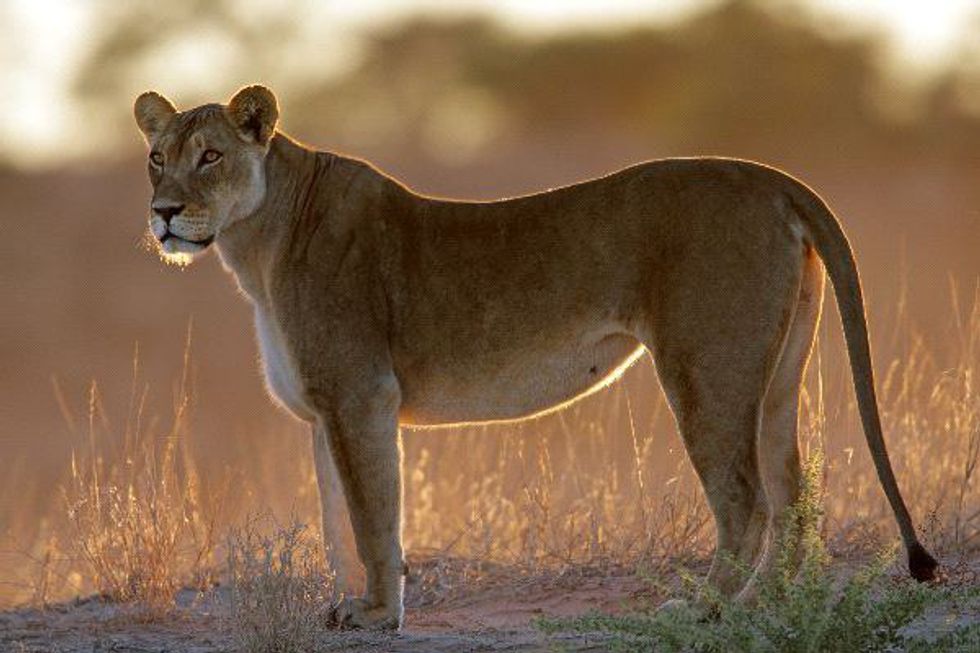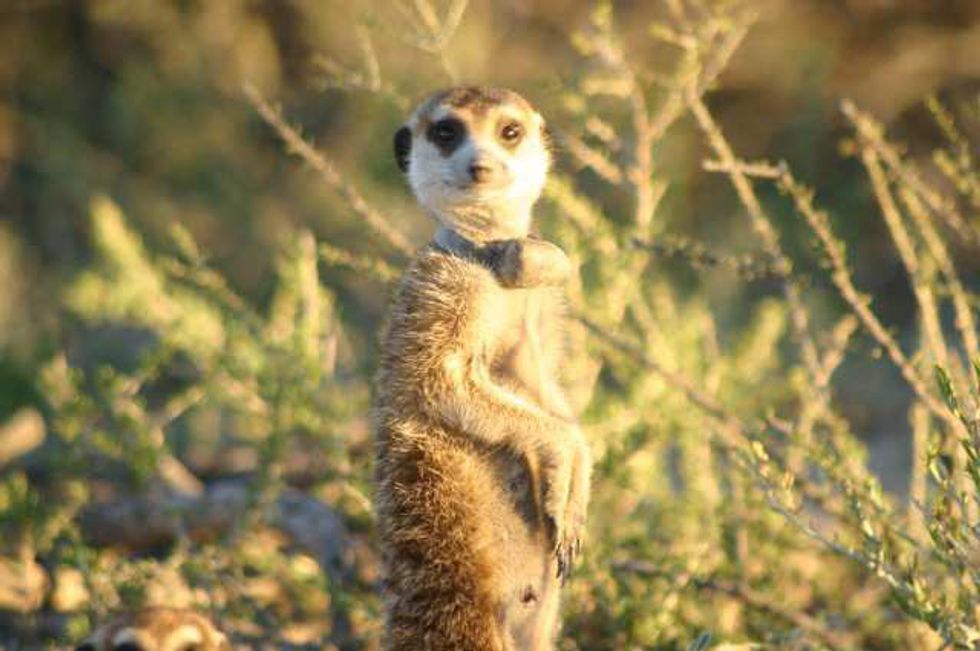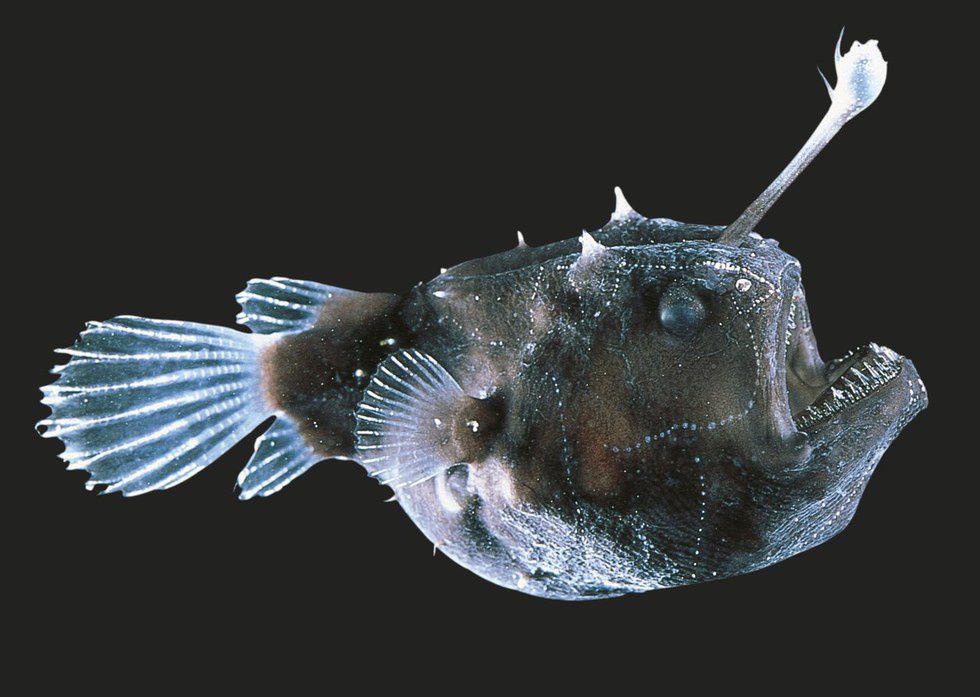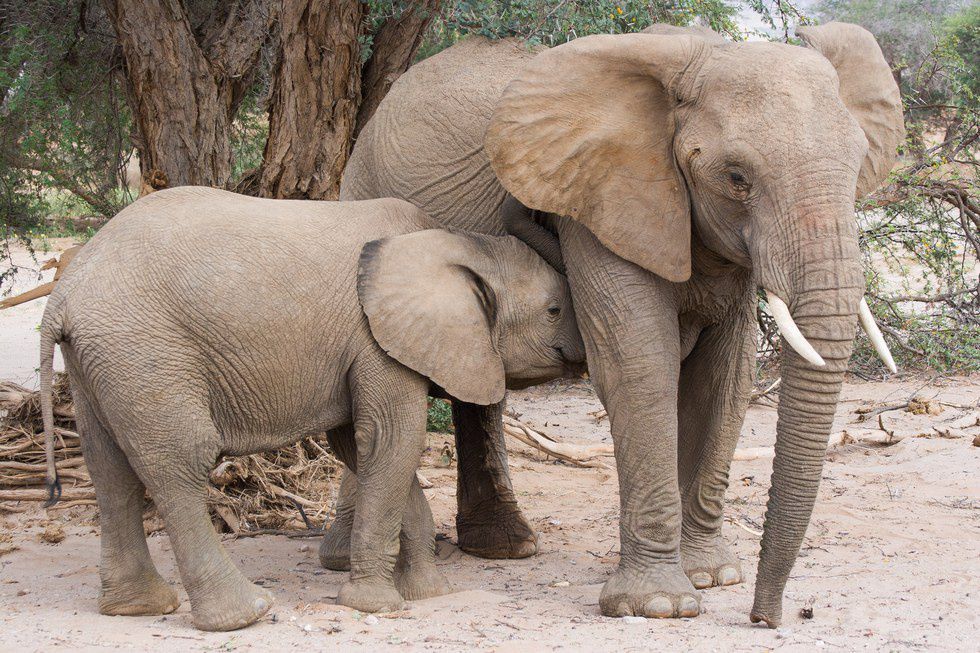In a world that is often trying to invalidate our hopes and our fears, the odds for women can at times seem insurmountable. Yet, people stand beside the idea that this is simply the way society is, or that we could not sustain ourselves in any other kind of societal landscape. Unfortunately, it is true that misogyny is a deeply ingrained part of most of our modern-day lives, but the idea that this inequality is either “natural” or “instinctual” is simply idiotic. To consider this idea, look no further than the animal kingdom. Because, after all, what could be more natural than that?
1. Meerkats
If you want an example of a badass female pack animal, look no further than the African meerkat. Packs of meerkats, otherwise known as mobs or gangs, are lead by a dominant female and male pairing. The female, however, makes most of the major decisions for her family, such as where to burrow or who to kick out of her very exclusive gang. Only the alpha pairing of a gang is allowed to produce offspring, which is definitely a good thing, as most of the other members of the group are related, and I really don’t see "Game of Thrones" as being a good spinoff to "Meerkat Manor." All of the members of the mob help to take care of the alpha couple’s young, by keeping a lookout for birds of prey, snakes and other potential predators, much like your babysitting job in high school.
2. Orca Whales
Feminism is always intersectional with these Blackfish. Orca (or Killer) Whales live in families based on the mother’s family lineage. These packs are known as “matrilines.” Other than the fact that that name is not very creative as it is literally “mother lines,” it speaks of a deeply ingrained familial bond present among Orcas. The children will stay with their mother even after they have had children of their own, and a family will remain together and close even after the mother has died, continuing her legacy. Somehow, a family of Orcas managed to be less dysfunctional than all those Indie, neurotic, ambiguously Jewish family movies. How about we replace Jason Bateman with some Orcas? Maybe then "Arrested Development" would have gotten better ratings. And it is surprisingly believable that Michael Cera is half Orca.
3. Anglerfish
Screw you and your traditional beauty standards! The female anglerfish is a natural beauty with her sharp teeth, seemingly translucent skin, fishing-pole-esque light to attract prey, and who could forget the multiple sperm-sacks attached to her body! Most of those can be attributed to the biology of the female deep sea anglerfish, but the sperm-sacks are actually the sad remnants of the male deep sea anglerfish and their notoriously bizarre mating ritual. The male anglerfish acts as little more than a small parasite for the female, latching on with sharp teeth and melding himself into the female’s body. Actually, when I put it like that, it doesn’t sound too unlike human mating rituals. Well, except for the fact that the male anglerfish will cease to be anything but testes attached to the female that will occasionally fertilize her eggs. But when I put it like that, it doesn’t sound too unlike human marriage.
4. Bees
We’re all familiar with the concept of a “queen bee.” The term has become synonymous with a woman in a position of power who may or may not use her authority for small acts of absolute evil and/or terror. This definition is all well and good, but why have we not adopted more attributes of this powerful, dominant female? A human “queen bee” would be a lot more striking if she demanded to be brought food by her willing subjects and could lay upwards of 1,500 eggs in a single day, like the real bee-royal herself. If we held ourselves to this higher standard, we would certainly achieve new heights in human achievement, and not just because we all magically grew wings. Queen bees usually live around five years, and in her old age, her colony is more likely to swarm to find a new place to establish their home with her, but I have a theory they are used mainly to hide the bumps from the Botox injections in her old age from the public.
5. Lions (Lionesses)

6. Komodo Dragons
Hey, guess what! You and a male Komodo dragon may have something in common — neither of you have had sex with a female Komodo dragon. Regardless of their lack of loving, however, some female Komodo dragons have still found a way to reproduce without having her eggs fertilized by a male, through a process called “parthenogenesis.” Although this is not necessarily a common practice among the lizards, it has been proven more than once that asexual reproduction is a possibility. Komodo dragons produced through this process, though, will always be male as a result of the distribution of chromosomes. This is all incredibly cool, but we can’t forget that this is also how "Jurassic Park" got out of control. Be careful out there. Jeff Goldblum is busy doing those apartment commercials now, so how is he supposed to help us when he can’t even help himself?
7. Elephants
The elephants is a better plus-sized feminist than Amy Schumer could ever hope to be. Where Meghan Trainor is all about that bass, these intelligent animals are all about that trunk (which is actually not a euphemism). In addition to that, they also thrive in matriarchal packs, but elephants take it to a new extreme altogether. While male elephants leave their families when they reach sexual maturity to go breed with anything that has a pulse (what human men like to call college), female elephants stay with at least some of their family for their whole lives. Where to go, eat, drink, rest and all major decisions are made by the matriarch of the family, who is usually the oldest female of the group. At that point, other members of the group can go elsewhere based on their individual needs, but a family will remain in contact with one another throughout their journeys. For the most part, the pack will follow the matriarch, as she has the most experience on any given terrain, proving once again that, yes, you should feel guilty for not having called your mother in a month.

















































